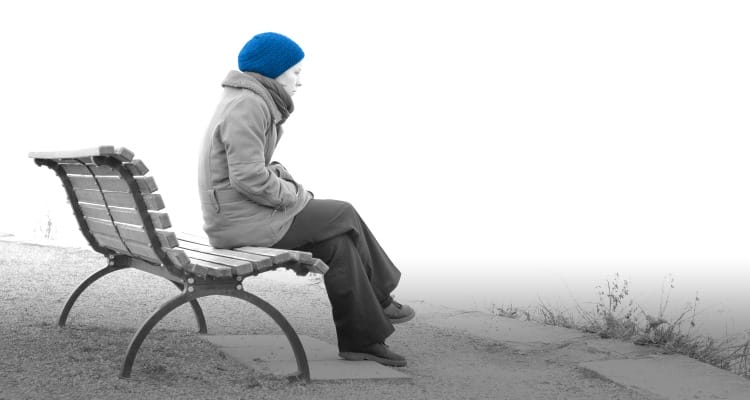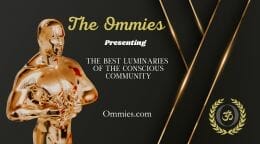Seasonal Affective Disorder – Natural Treatment

Alternative Answers for Seasonal Affective Disorder
Seasonal Affective Disorder, also known as SAD, is a form of depression. Most people tend to slow down a little in the winter and experience some form of “winter blues”, but full-blown Seasonal Affective Disorder can be extremely disabling.
Seasonal Affective Disorder is often the result of the winter season when the days are shorter. People tend to sleep more, become sedentary, crave carbohydrates, gain weight, and avoid social interaction. Psychologically, they are depressed.
Attaining a balance of yin-yang or light and dark is innate in the Chinese Medicine and Feng Shui philosophies. Although we cannot see the electromagnetic frequencies of the earth or planets, it is important for us to live in an environment that allows us to be synchronized with these forces.
Many sufferers of Seasonal Affective Disorder are often unable to function without continuous treatment. Depending on the person and the geographical location, the depression can last for several months with symptoms such as overeating with carbohydrate craving and weight gain, sleeping more than usual, fatigue, and social withdrawal. It is the long duration of the symptoms that distinguish Seasonal Affective Disorder from the so-called holiday blues.
It is not known why some people (those between 18 and 30) are more likely to suffer from Seasonal Affective Disorder and why it seems to affect women more than men, unless the statistics are based on the fact that women are more ready to admit to depression and ask for help than men.
Combating Seasonal Affective Disorder
There are several alternative therapies for treating Seasonal Affective Disorder. One, which has been used with remarkable success is Light Therapy. Light and color have been valued throughout history as sources of healing. Today, the therapeutic applications of light and color are being investigated in major hospitals and research centers worldwide. Results indicate that full-spectrum, ultraviolet, colored, and laser light can have therapeutic value for a range of conditions from chronic pain and depression to immune disorders.
The oldest form of light therapy is natural sunlight, which is the ultimate source of full-spectrum light. For those living in areas that see very little sunlight this time of year, there are other options; full-spectrum light therapy, bright light therapy, various forms of UV light therapy, syntonic optometry, cold laser therapy, and visual color therapy.
For treating Seasonal Affective Disorder, white light therapy is often preferred over the full-spectrum light because the additional UV light found in full-spectrum light is not necessary to achieve the antidepressant effect of the therapy, and can be harmful to the eyes. Different wavelengths stimulate different aspects of our physiology, all playing a vital role in our functioning. We especially need natural light with its subtle variations that act on our well-being. The rhythm of dark and light from day and night and the full-spectrum of light is essential to our circadian rhythms, our biological clock, endocrine, immune, sexual and nervous systems.
Seasonal Affective Disorder may be the result of inadequate or improper nourishment. If the brain is not receiving sufficient fuel, it will not function properly.
Vitamin B deficiency is often a physical cause of Seasonal Affective Disorder.
The best approach to combating Seasonal Affective Disorder is to eat more wholefoods, give up sugar, tea, coffee, alcohol.
L-Tyrosine is essential for alleviating stress by boosting production of adrenaline. It also raises dopamine levels which influence moods. (Do not take if you are taking an MAO inhibitor drug.) It should be taken on an empty stomach with 50 mgs Vitamin B6 and 100-500 mgs of Vitamin C for better absorption. Best taken at bedtime.
5-HTP is often used in the place of SSRI drugs and L-Tryptophan and may help in serotonin deficiency related conditions such as severe depression, epilepsy, anxiety, insomnia, weight loss and addiction. Also studied for PMS, migraine and chronic tension headaches. 5-HTP is only used in serotonin production. 5- hydroxytryptophan is also able to pass through the blood-brain barrier easily, unlike tryptophan, which can only pass through the barrier by using the same transport molecule that carries leucine, isoleucine, and valine.
Andrew Pacholyk, MS, L.Ac. has been in the alternative health field for over 18 years. He is an expert in treating infertility and gynecology, pain management and anti-aging therapies. His knowledge, expertise and clinical training has offered him the ability to experience and continually learn about the body and its energy system in health as well as in disease.










